Meet the first ever Liquitex Pigment of the Year: phthalocyanine green blue shade.
Enigmatic, hopeful, bold and resilient: immerse yourself in the highly transparent black green which opens up to unexpectedly vivid blue undertones. The color of evergreen forests, glossy peacock feathers and rainforest beetles, phthalocyanine green blue shade is a juxtaposition of light and dark. Brilliantly luminous and multi-facetted, it has secrets waiting to be revealed.
Phthalocyanine green blue shade has been chosen as the Liquitex Pigment of the Year 2025 for its elemental, transformative nature, its promise of growth and hope for a sustainable future. Confident and bold, it can effortlessly morph between states: black green and vivid green blue. This pigment underlines the importance of reactivity and evolution, offering infinite possibilities while always remaining true to itself. Our Pigment of the Year also summons positive associations and the belief that things can improve after a difficult time.
Phthalocyanine green blue shade is a brilliantly multi-facetted color, with secrets waiting to be revealed. Chemically known as Pigment Green 7 (PG7), this modern synthetic pigment is a highly transparent intense black green which opens up to unexpectedly vivid blue undertones.
PRONOUNCE 'PHTHALO GREEN'
When said in American English, it sounds like "thaylo"; in British English it's more like "thelo".
HISTORY AND MEANING
Why the complex name? Phthalic is a shortening of the word ‘naphthalic’ from the oriental ‘naphtha’, which is translated as oil. Cyanine derives from the Greek word, ‘kuanos’ meaning dark blue. So, oil blue is the source, paying homage to its origin story.
Commonly abbreviated, phthalo green was first released in 1938 but its backstory dates to the mid-1800s when chemists first began experimenting with synthetic dyes. It’s part of a group of vibrant green and blue dyes based on variants of copper phthalocyanine, a deep blue compound produced by the reaction of phthalic anhydride, urea, copper and ammonia. Phthalo blue was introduced as an industrial pigment in 1935, with its green cousin first sold three year later, in a blue or yellow shade variant. Now the spectrum of phthalo pigments go from deep, warm blues to cool spring greens.
Once launched, the phthalo greens quickly became popular with artists due to their intensity and versatility. Before then, blue-green options were limited to pigments that were toxic and quick to fade, such as verdigris and emerald green, made from copper and acetic acid and arsenic. Many of these were opaque, limited in their mix-ability, harmful and much less permanent. The powerful, velvety color payoff of phthalo green served artists with a new palette of options, perfect to bring the natural world alive on canvas.
HOW TO USE AND MIX PHTHALO GREEN
Time to experiment and see where it can take you. Absolutely lightfast, you’ll find phthalo green blue shade super versatile and indispensable once you’ve explored its possibilities.
At first it seems to swamp other colors when mixing, but take your time to play and you’ll be rewarded: complex tonal facets offer up a huge spectrum when mixed with just one other color, quickly giving you infinite potential. Highly staining and very powerful, in mass tone phthalo green blue shade looks almost black but on brushing out, its transparency shows a rich forest green.
There isn’t really a true phthalo green blue shade substitute: it’s unique. It’s great on the palette: when mixed with 1:1 white, you’ll get vivid aqua/turquoises. Mix with a warm yellow for sap-like greens. Add a cool or mid yellow for bright, springy greens. Mix with blues for turquoise hues, or achieve coniferous evergreens with burnt sienna. Earth colors will neutralize the blue undertones, to give you a versatile capsule of deep browns. A dash of crimson will reveal rich and vibrant eggplants and plum purples, deep greens and shadowy black hues.
SEASCAPES & BOTANICALS
Uber transparent, phthalo green blue shade is perfect for glazing techniques, giving you complex layered effects on the canvas. Its sheer luminosity and depth of color lend well to seascapes, landscapes and botanicals. Think of it as a concentrate. A little goes a long way, making phthalo green blue shade a great value color to have in your studio kit.
TOOTHPASTE & TATOOS?
Stable, insoluble and relatively safe, phthalo green is a hardworking, in demand color for all kinds of industries. A colorant in inks, paints, cosmetics, leather, pencils, coatings and many plastics, phthalo green is also used in the mass textile and printing industries due to its unique properties. You’ll also find it adding color to toothpaste and tattoos. In the art world, the pigment was a favorite of Francis Bacon and Jackson Pollock, who incorporated it into his drip paintings Mural. and Alchemy. From oils, to watercolors and acrylics, the versatility, hidden depths and vibrancy of phthalo green blue shade continue to inspire artists today.
Find Phthalocyanine Green Blue Shade in Liquitex Pro Heavy Body Acrylic, Pro Soft Body Acrylic, Pro Acrylic Ink, Pro Acrylic Marker and Pro Spray Paint, while Phthalocyanine Green can be found in Basics Acrylic Color and Basics Acrylic Fluid Color.

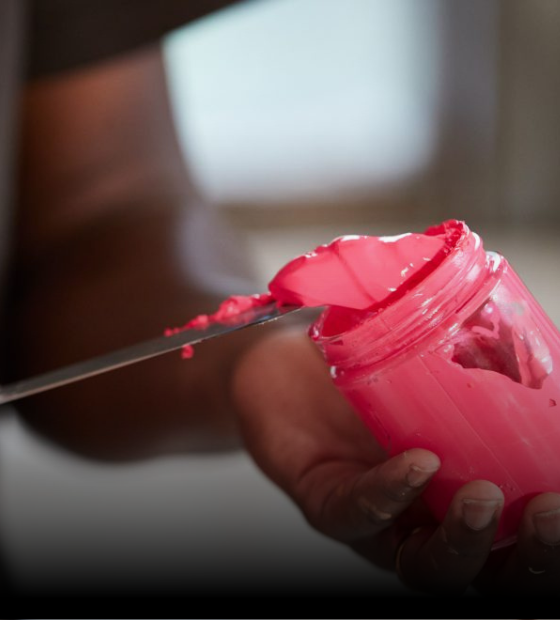
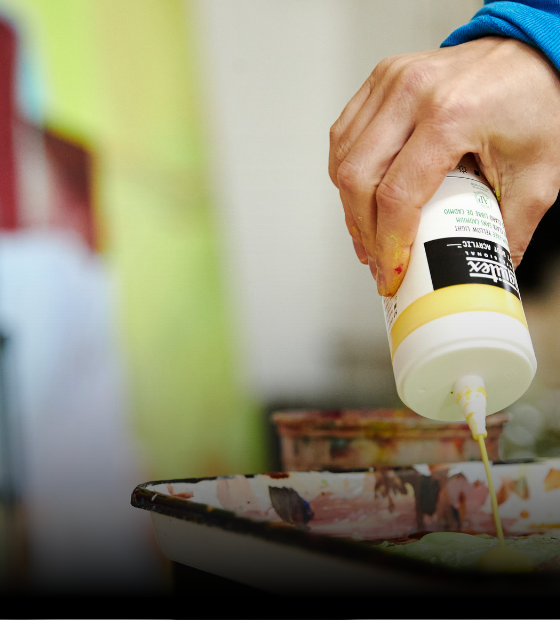
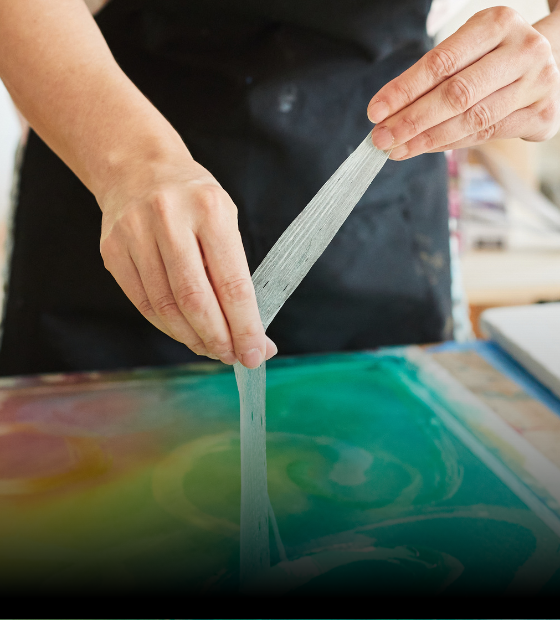
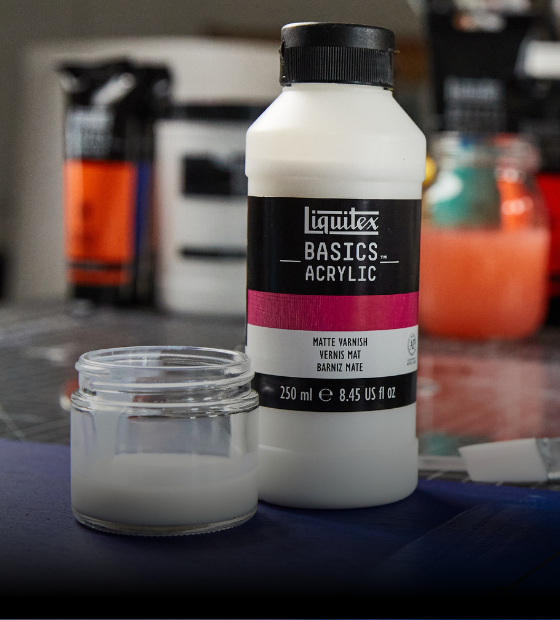
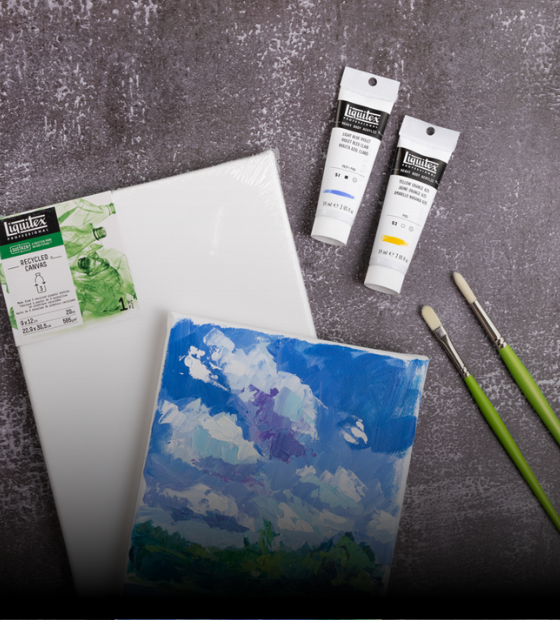
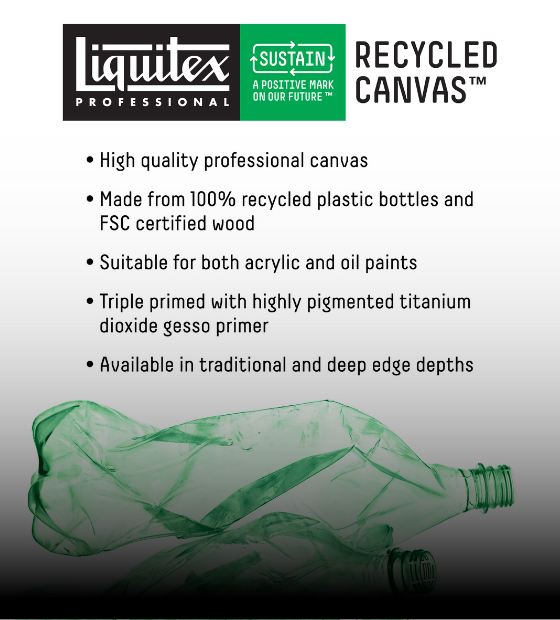
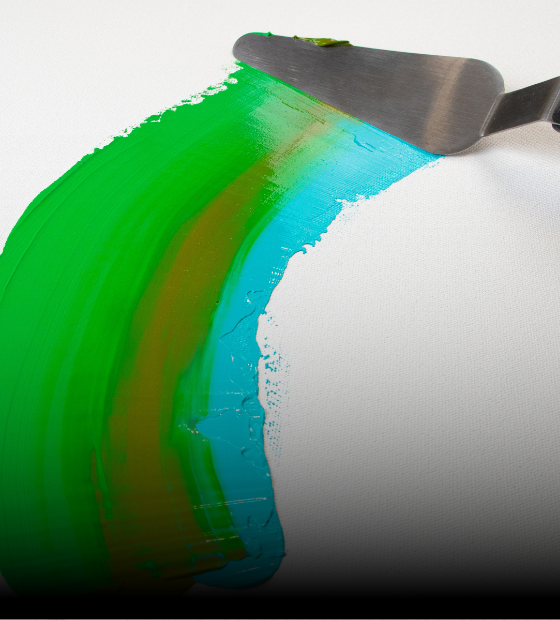
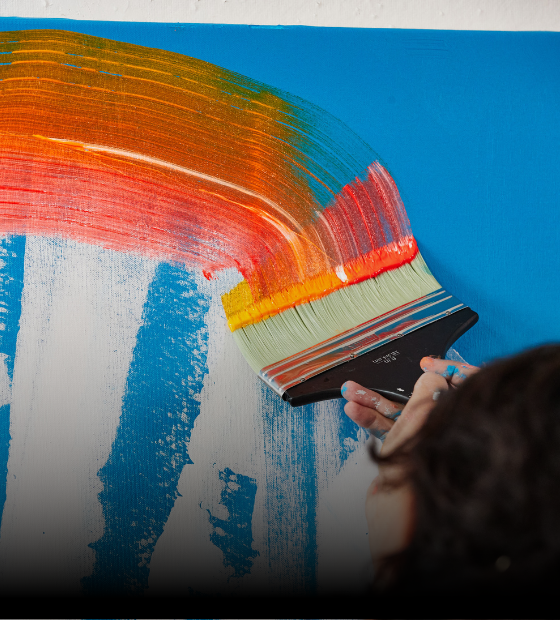
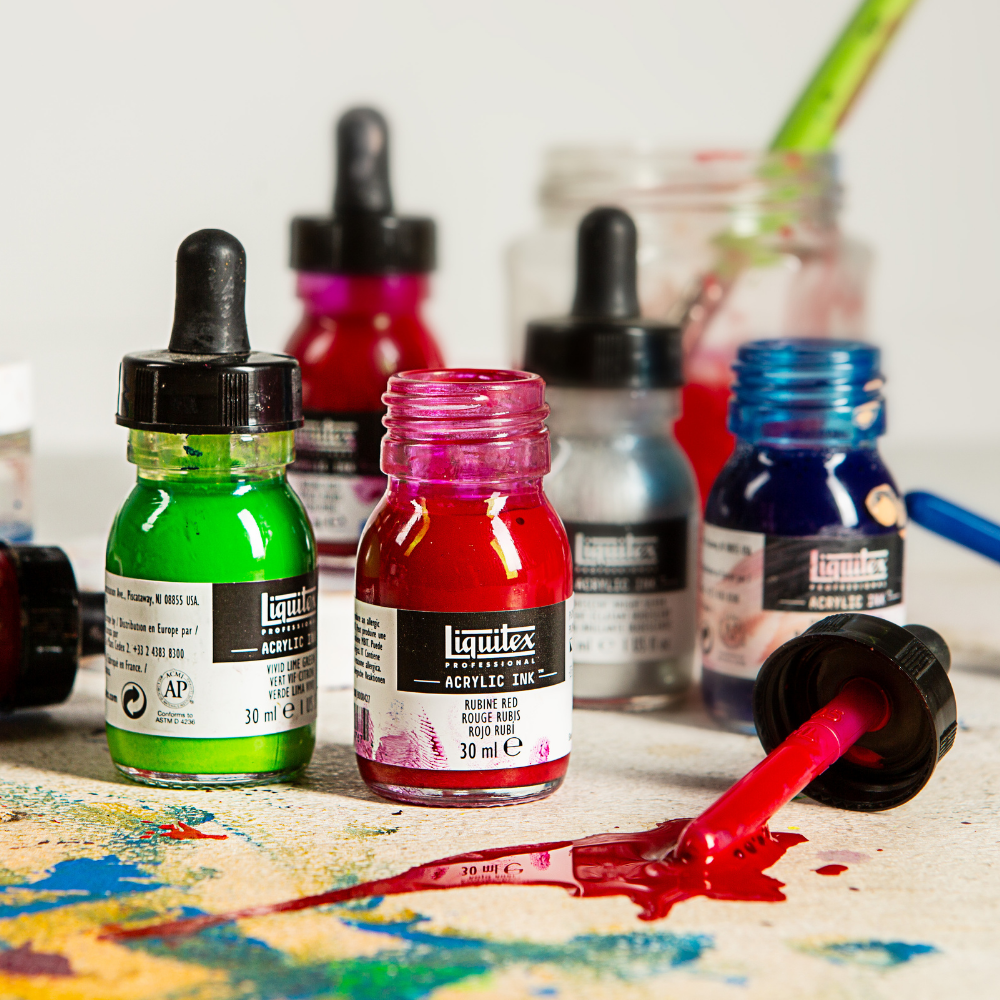
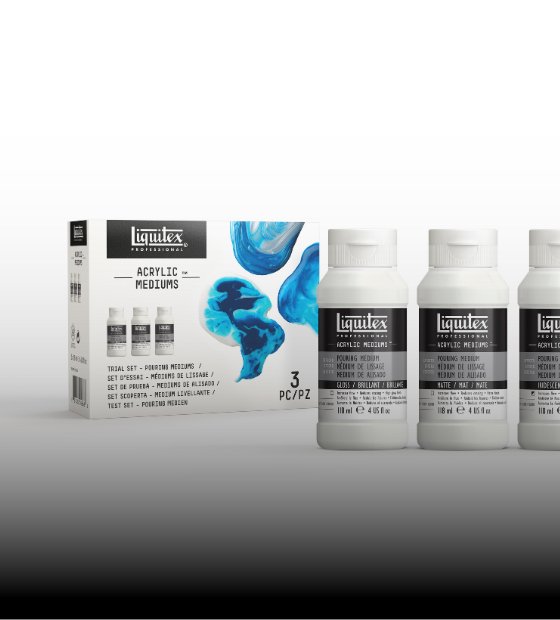
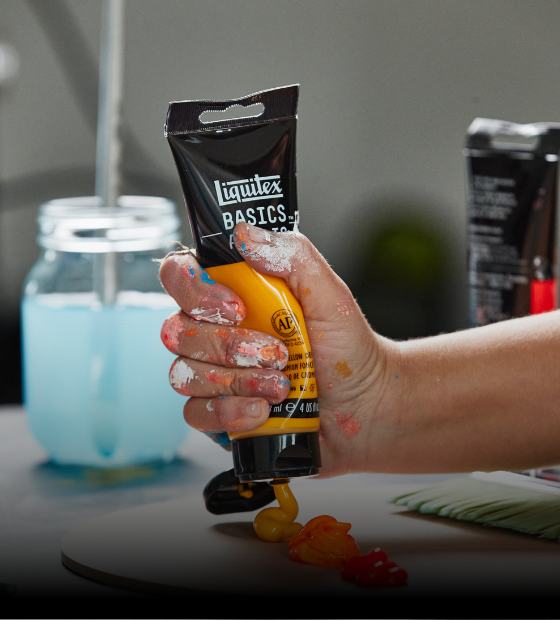
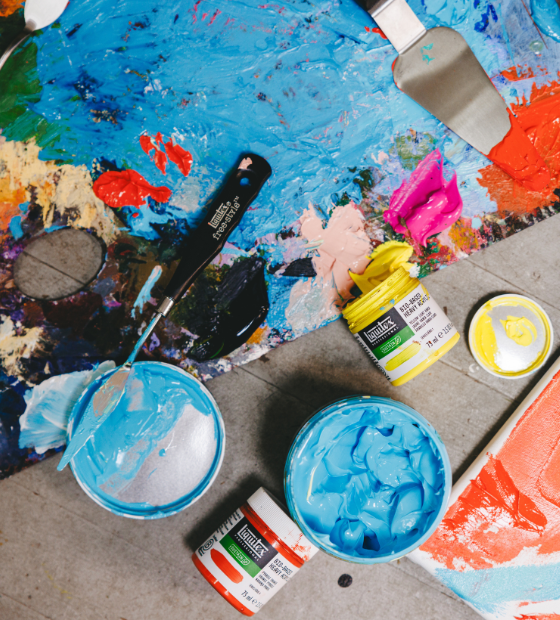
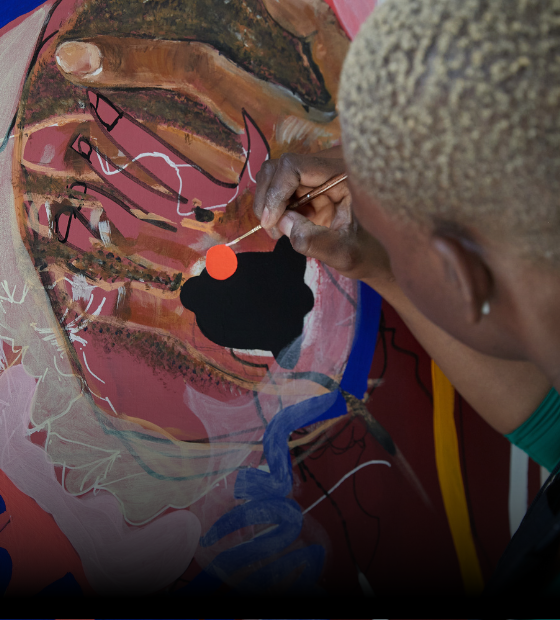

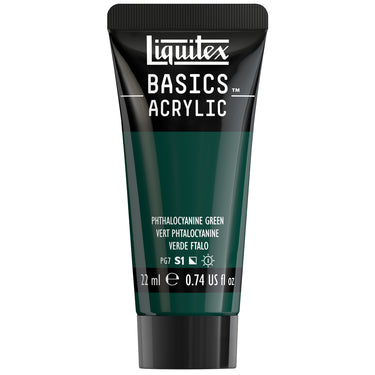
![LQX BASICS ACRYLIC PHTHALOCYANINE GREEN [SWATCH]](http://www.liquitex.com/cdn/shop/files/140858_57cfe388-2864-4229-9a9e-f96e78976a62_375x375_crop_center.jpg?v=1733413396)
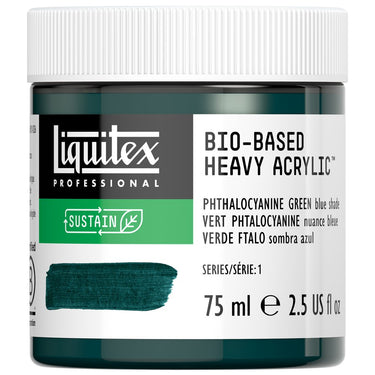
![LQX BIO-BASED HEAVY ACRYLIC PHTHALOCYANINE GREEN BLUE SHADE [SWATCH]](http://www.liquitex.com/cdn/shop/files/135782_375x375_crop_center.jpg?v=1715908952)
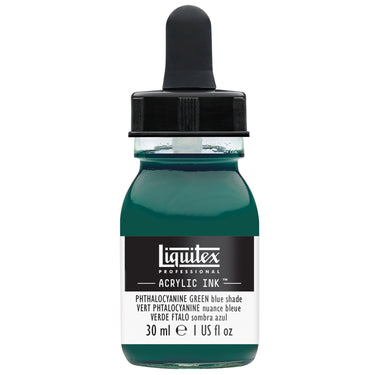
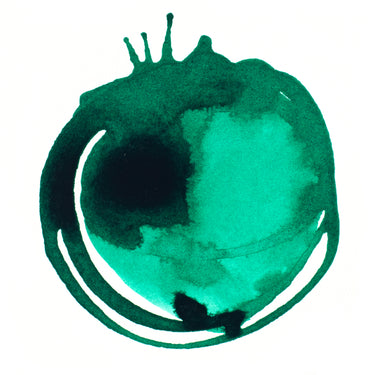
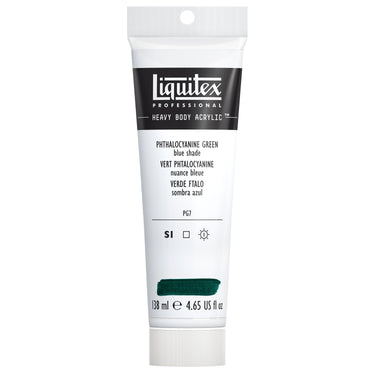
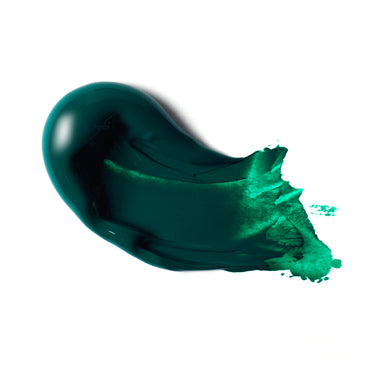
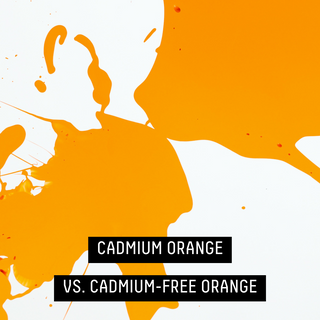

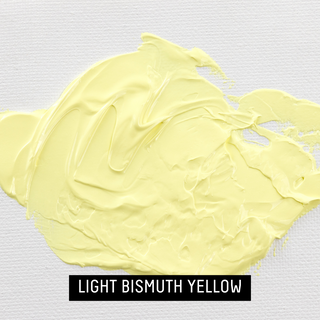
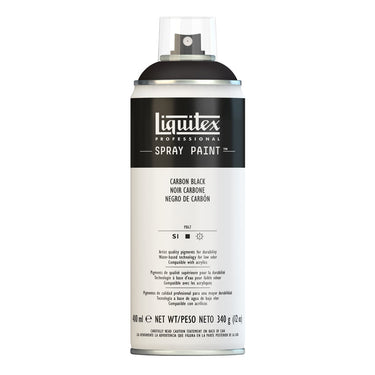

![LQX ACRYLIC MARKER SET 6X 2-4MM CLASSICS [CONTENTS] 887452001225](http://www.liquitex.com/cdn/shop/files/68762_375x375_crop_center.jpg?v=1707320720)
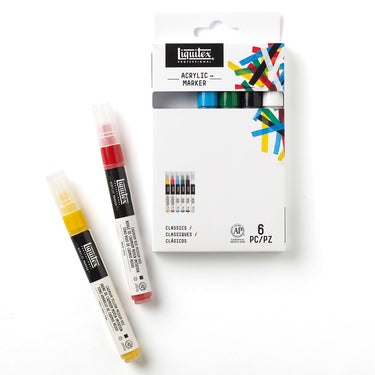
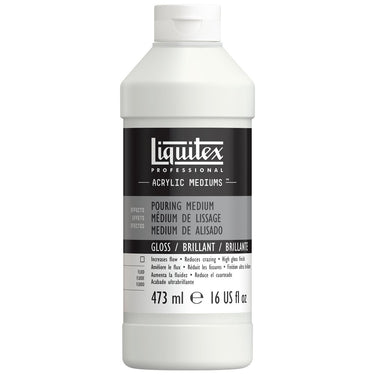
![LQX PRO MEDIUMS POURING MEDIUM [WEBSITE SWATCH]](http://www.liquitex.com/cdn/shop/files/72030_375x375_crop_center.jpg?v=1705607484)
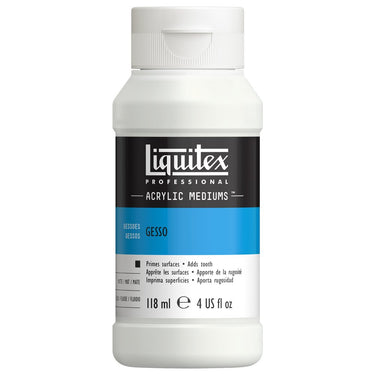
![LQX PRO MEDIUMS GESSO [WEBSITE SWATCH]](http://www.liquitex.com/cdn/shop/files/72009_375x375_crop_center.jpg?v=1693098231)
![LQX BASICS 6x118ML SET 887452059226 [SET WITH CONTENTS 2]](http://www.liquitex.com/cdn/shop/files/130398_375x375_crop_center.jpg?v=1707324060)
![LQX BASICS 6x118ML SET 887452059226 [FRONT]](http://www.liquitex.com/cdn/shop/files/130396_375x375_crop_center.jpg?v=1706797707)
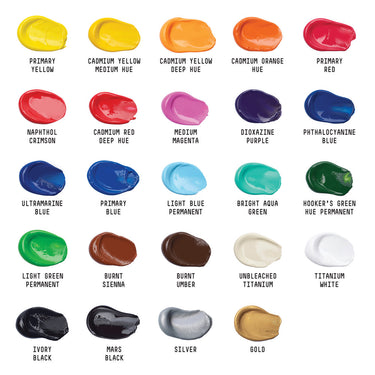
![LQX BASICS 24X22ML PAINT SET 887452028543 [FRONT]](http://www.liquitex.com/cdn/shop/files/80833_375x375_crop_center.jpg?v=1706780423)